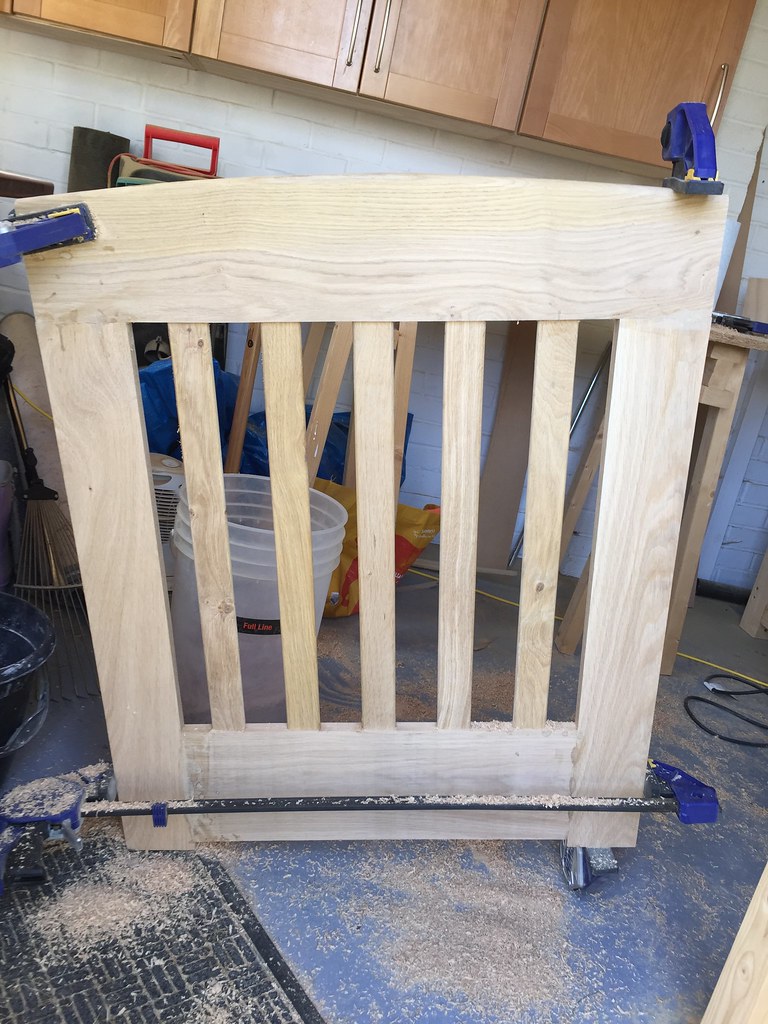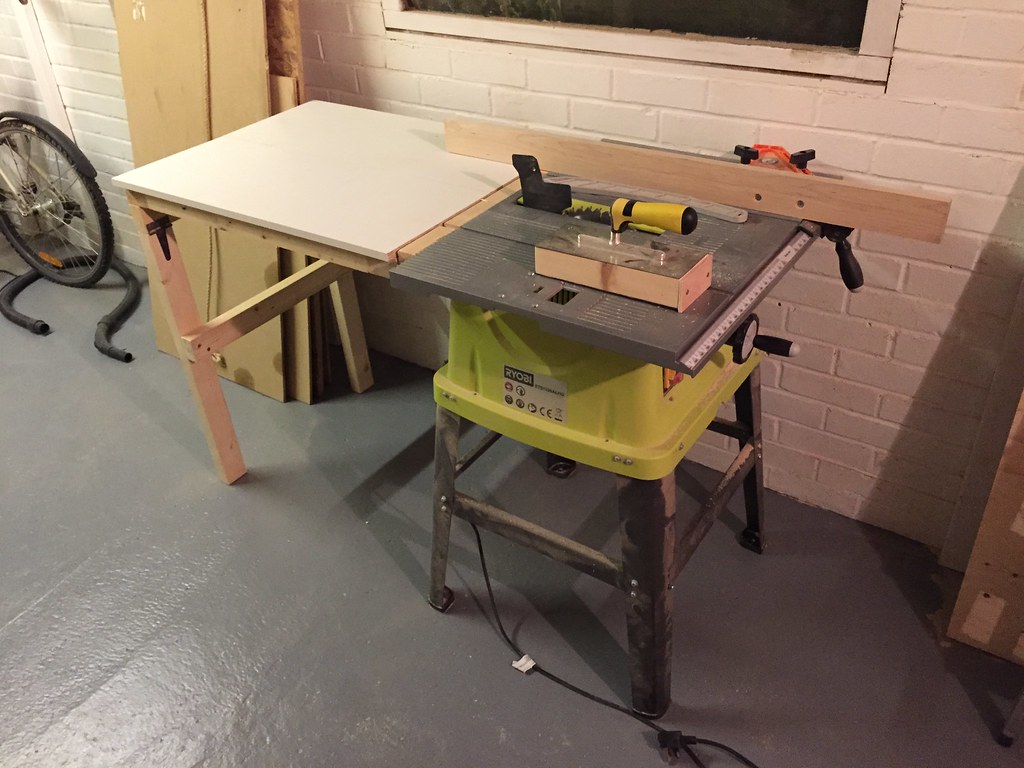I keep going round the houses on this so I thought perhaps the best bet would be to ask what the consensus is on here.
Before the inevitable comes up, I know a Domino would be the best option, but as a hobbyist if I had £500 to spare I'd be spending it on upgrading my table saw first, so it's a way off yet.
I recently bought a wolf craft dowel jig which I used to join the top rail to the sides on a basic butt joint, see below:

The joints were absolutely awful, not perfectly aligned and the holes I drilled were not 90 degrees. Luckily I managed to save the piece and all is well, but I nearly compromised a very time intensive project with a poor £20 jig. I appreciate I may have 'used it wrong' but I've lost trust in it and I'd rather find an alternative for the next time.
I've jointed a number of table tops with only glue, it's been fairly straightforward but I can see how it could have been easier if I'd used a biscuit jointer to help align the pieces. So I could consider a budget biscuit jointer, but I've concerns about how strong the joints are, if used in the scenario above.
On that same project I also made a router mortice jig which was surprisingly simple and effective, so I could potentially use a router jig with floating tenons if I was to do the same thing again.
I've also read numerous threads on here talking about the joint genie and potentially that could also fit my requirements as a 'budget' occasional use joint aid.
I guess I've so many options I'm now confusing myself! Any advice would be welcome.
Before the inevitable comes up, I know a Domino would be the best option, but as a hobbyist if I had £500 to spare I'd be spending it on upgrading my table saw first, so it's a way off yet.
I recently bought a wolf craft dowel jig which I used to join the top rail to the sides on a basic butt joint, see below:

The joints were absolutely awful, not perfectly aligned and the holes I drilled were not 90 degrees. Luckily I managed to save the piece and all is well, but I nearly compromised a very time intensive project with a poor £20 jig. I appreciate I may have 'used it wrong' but I've lost trust in it and I'd rather find an alternative for the next time.
I've jointed a number of table tops with only glue, it's been fairly straightforward but I can see how it could have been easier if I'd used a biscuit jointer to help align the pieces. So I could consider a budget biscuit jointer, but I've concerns about how strong the joints are, if used in the scenario above.
On that same project I also made a router mortice jig which was surprisingly simple and effective, so I could potentially use a router jig with floating tenons if I was to do the same thing again.
I've also read numerous threads on here talking about the joint genie and potentially that could also fit my requirements as a 'budget' occasional use joint aid.
I guess I've so many options I'm now confusing myself! Any advice would be welcome.


































